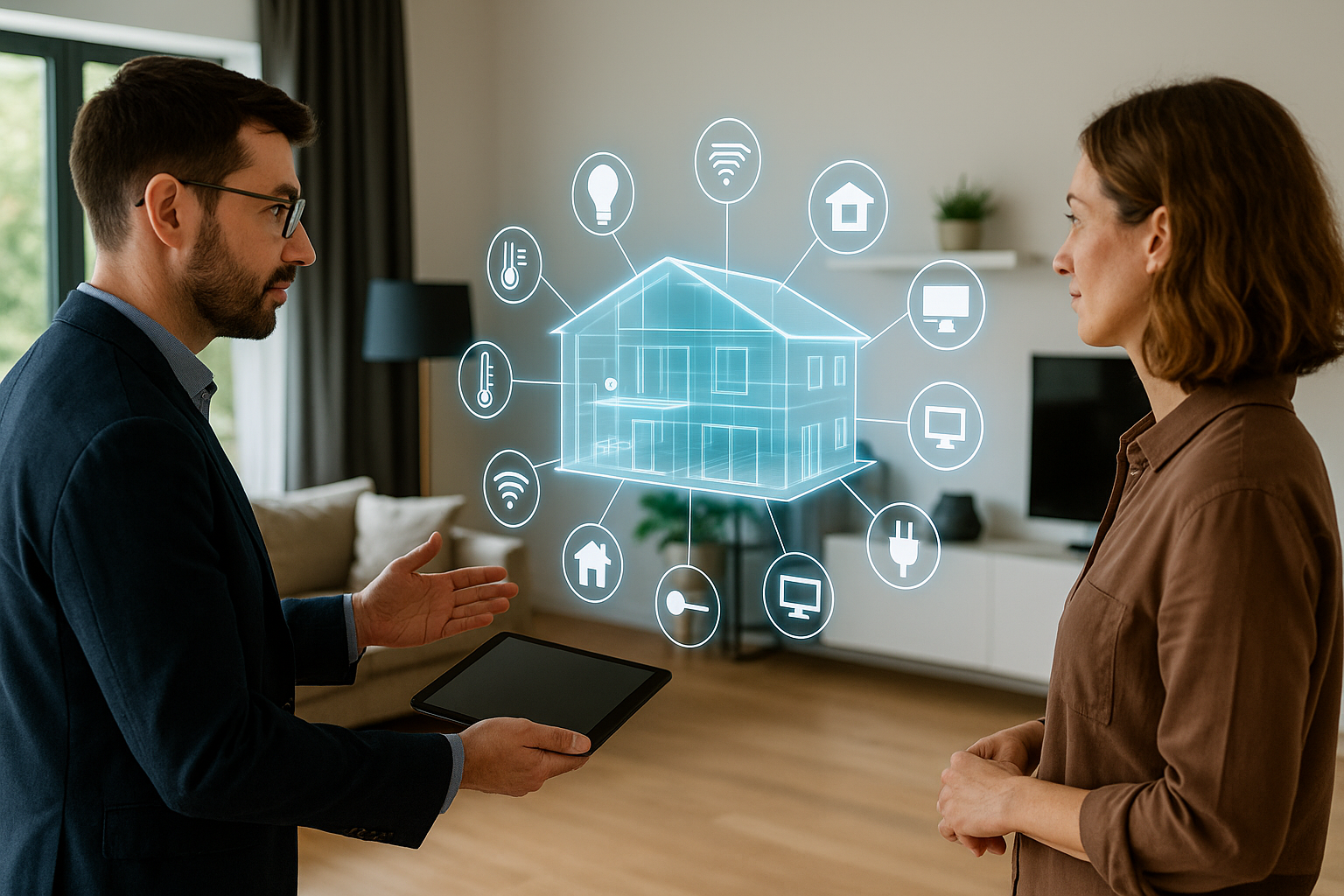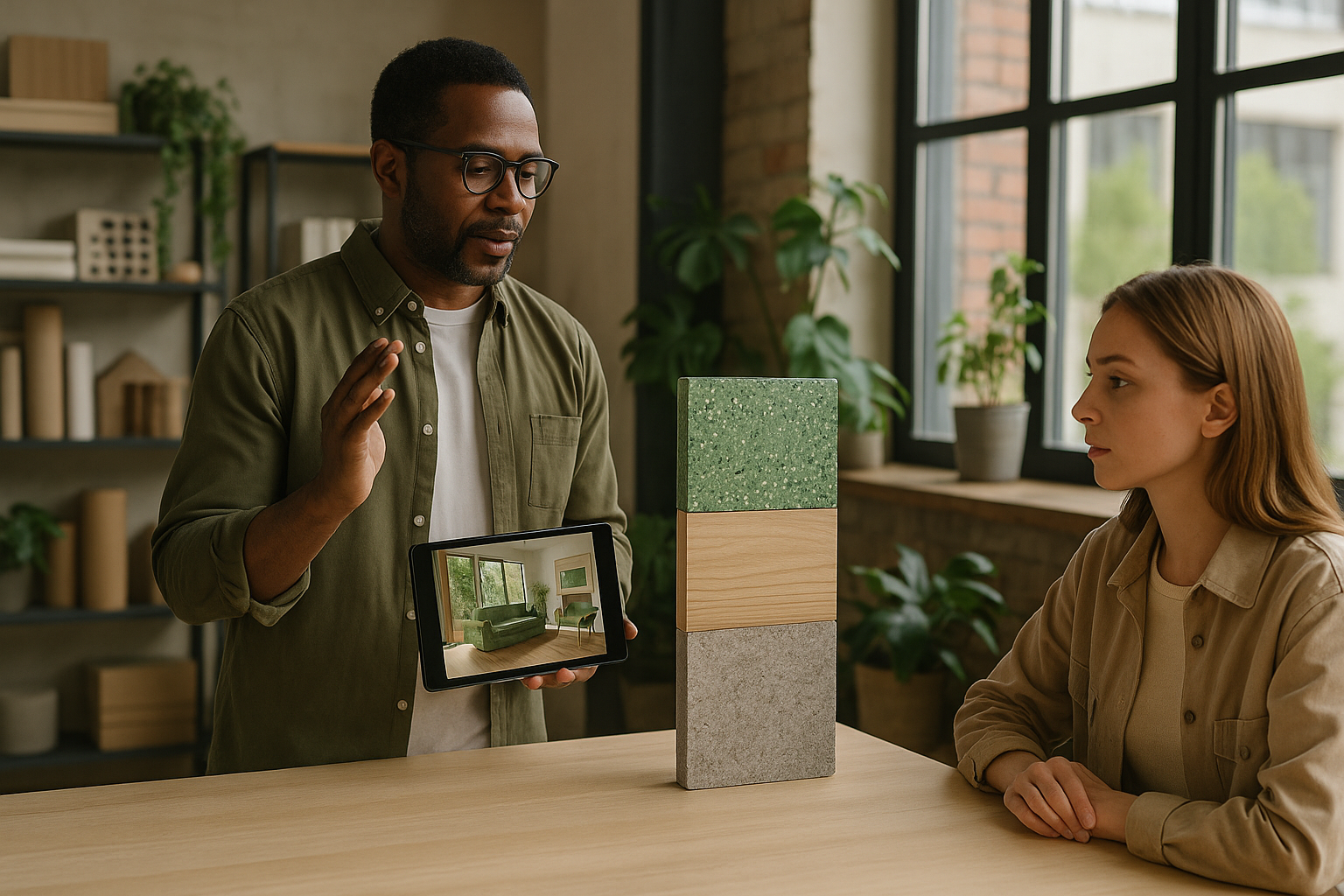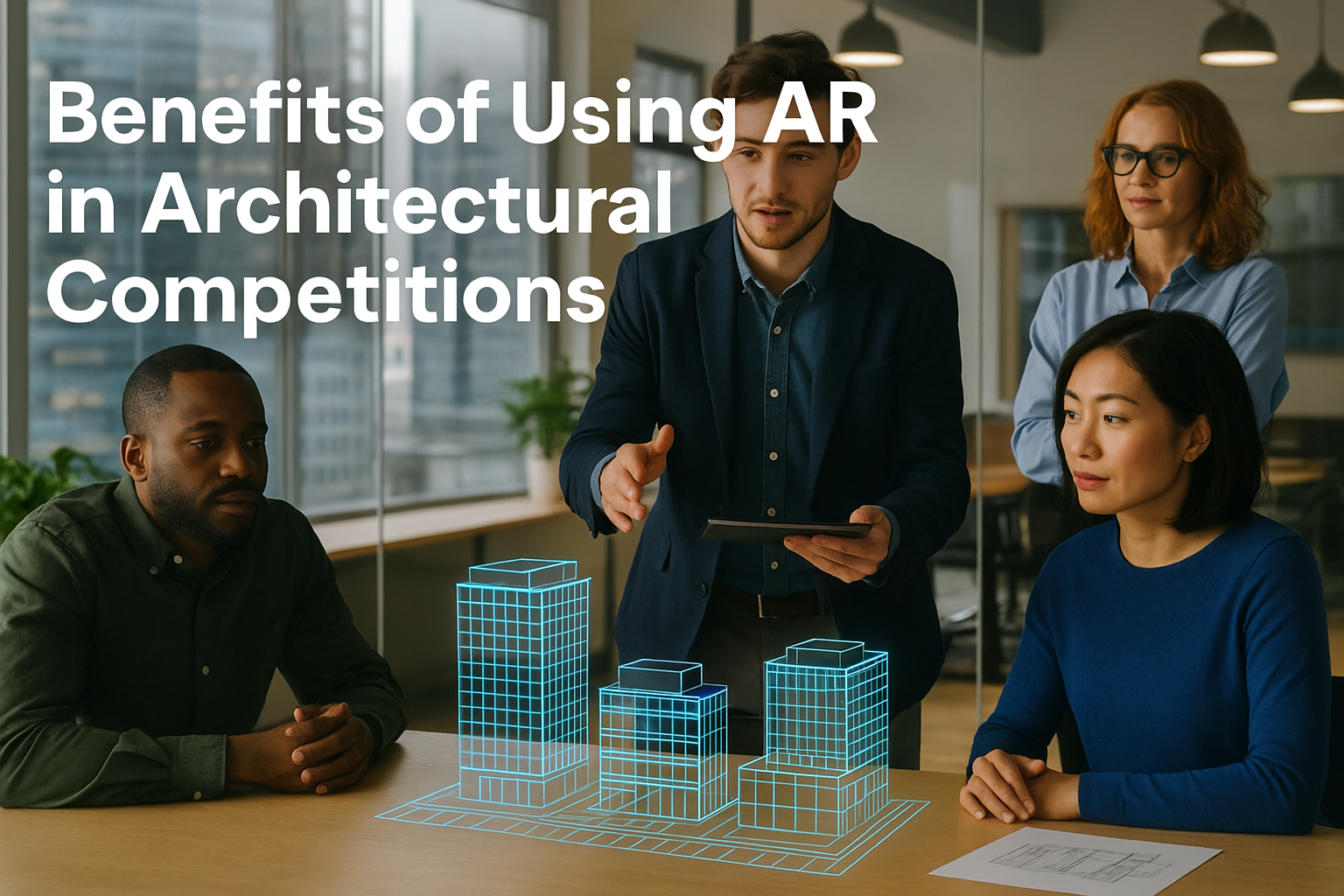As smart homes become the standard rather than the exception, architects face a new challenge: how to design smart homes with AR that integrate technology and comfort seamlessly. Augmented reality (AR) bridges the gap between blueprints and connected living by offering immersive, interactive experiences during the design process.
Whether planning IoT layouts, demonstrating automation workflows, or visualizing smart lighting and HVAC zones, AR transforms architectural design from conceptual to experiential.
Why AR Is Crucial for Smart Home Design
Designing smart homes with AR isn’t about novelty—it’s about clarity. As devices multiply (lights, thermostats, blinds, speakers), clients and architects need a shared language. AR provides it.
Instead of imagining how a smart system works, clients can experience it directly. Architects can walk them through automation triggers, show real-time sensor coverage, and simulate smart appliance interaction before construction begins.
Benefits of Using AR in Smart Home Projects
1. Immersive IoT Planning
Using AR, architects and interior designers can place and interact with digital twins of devices like thermostats, cameras, or motion detectors. This ensures functional and aesthetic placement across the space.
2. Energy and Automation Simulations
Designers can demonstrate how natural light triggers curtain motors or how voice commands affect lighting layers. These AR-enabled walk-throughs help clients understand both the convenience and the environmental efficiency of their future home.
3. Client-Centric Design Revisions
Smart home planning often involves complex choices. Should lights be gesture-based or voice-activated? Should the bedroom have ambient sunrise simulations? AR lets clients preview these experiences and decide based on interaction, not speculation.
How AUGmentecture Simplifies AR for Smart Homes
With AUGmentecture, architectural professionals can:
- Import smart home layouts from Revit or SketchUp
- Overlay IoT models with labeled functionality
- Use markerless AR to map automation zones
- Send links to clients to test interactions remotely
The result is a smarter, faster, and more collaborative design process—without needing to install apps or hardware.
Case Study: Smart Loft in San Diego
An architecture firm used AR to plan a smart loft with 18 IoT devices—integrating lighting, blinds, speakers, and HVAC. The client previewed three system layouts using AR and chose the most intuitive one in under 30 minutes.
“Seeing the system in action—not just on paper—made it real,” the client said. “It saved me from weeks of back-and-forth.”
Smart Design Trends Enhanced by AR
AR is helping architects and designers capitalize on new smart home trends:
- Voice zones (Alexa/Google Home interface mapping)
- Energy dashboards (overlay of usage hotspots)
- Security system AR previews (camera sightlines, door sensors)
- AR furniture with built-in IoT (charging desks, adaptive lighting tables)
Explore smart home innovation at IoT World Today →
Challenges and Best Practices
- 📐 Optimize 3D models for mobile viewing
- 🧭 Use clear icons or labels for device functions
- 🌐 Incorporate interactivity (e.g., tap to trigger animation)
- 🧠 Educate clients on maintenance, not just installation
Remember: Smart homes are not just about gadgets—they’re about experience. AR lets clients feel the design before it’s built.
Conclusion
Designing smart homes with AR is where innovation meets architecture. It empowers architects to create spaces that respond, adapt, and engage—before a single cable is laid. As smart technology continues to evolve, AR will remain the most intuitive, immersive way to visualize the future of living.




